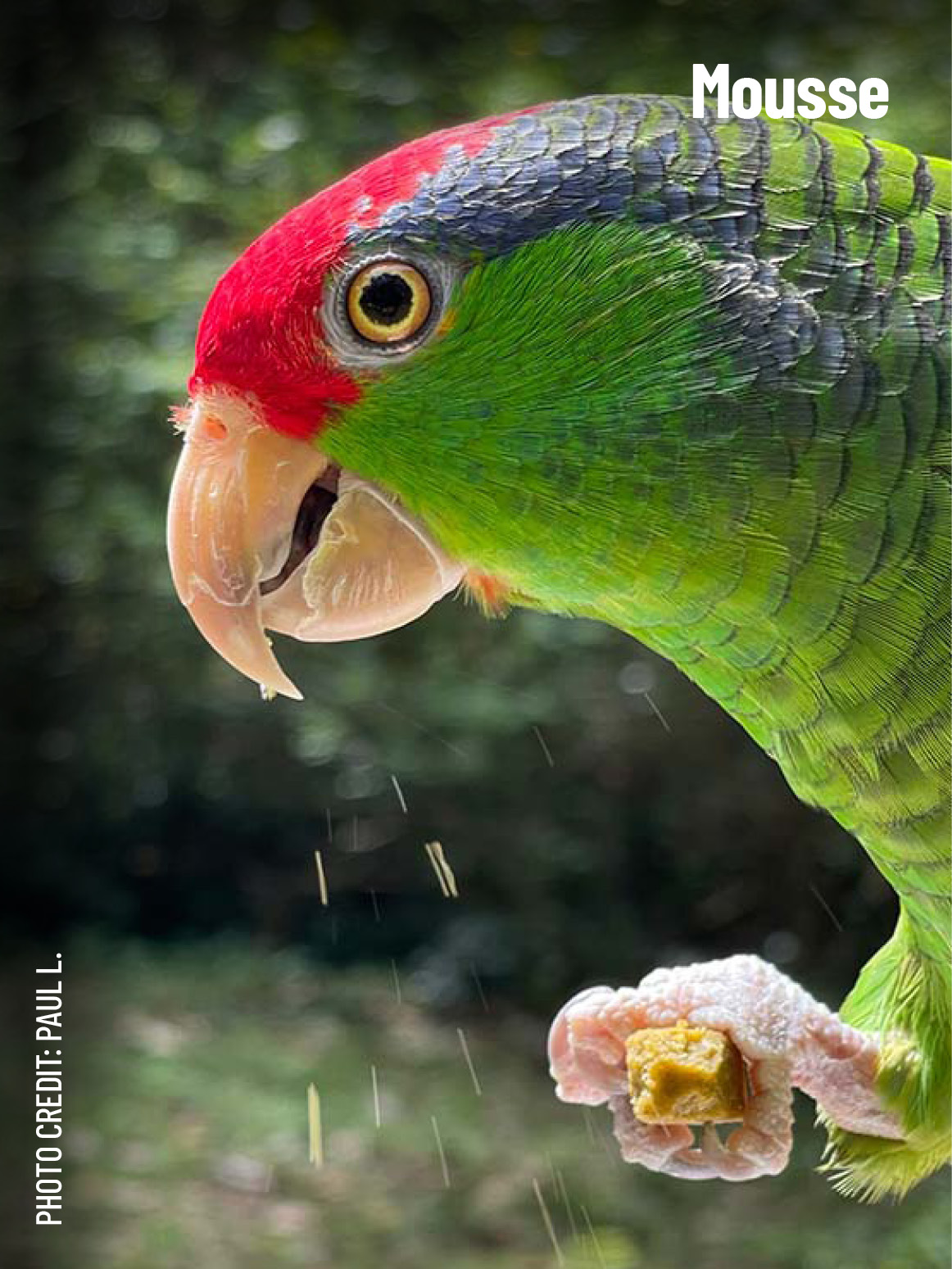How to Live with an Amazon Parrot
There are clear pros and cons to having an Amazon Parrot in your home. Most species are intelligent and have extroverted personalities with a good ability to mimic (talking, laughing, whistling, coughing). They can be entertaining companions and are especially vocal in the mornings and evenings. However, they are not known to be “cuddly,” and may actually be unexpectedly aggressive by lunging or biting. They usually do not enjoy being around children. And vocalizations may turn into screaming.
What to Know About Your Amazon Parrot
Amazons are native to Mexico and Central and South America. Of the 27 separate species that have been identified in the wild, some are more adaptable to pet situations. Young, hand-fed birds (e.g., blue-fronted Amazons) may be exposed to novel situations early in life to be more tolerant of any changes in their environment or experiences. Some birds may bond to an individual family member and become territorial and aggressive with others.
Is My Amazon Parrot a Boy or Girl?
It is difficult to determine the gender of most Amazon species by physical characteristics; therefore laboratory or endoscopic methods must be used for distinguishing the sexes. This is probably not essential except for breeding purposes.
How to Keep Your Amazon Parrot Happy
Amazon parrots are generally more sedentary than other pet birds, so their environment should be as large as possible to encourage movement. Enrichment should be provided in the way of foraging stations, complex puzzle toys and other activities to prevent boredom and obesity. They love to chew and appreciate safe tree branches as well as wooden perches. Amazons are vulnerable to a number of health disorders, many of which are related to malnutrition: feather disorders (including feather destruction), respiratory disease, cardiovascular and liver disease, tumors and reproductive disorders, including egg binding.


